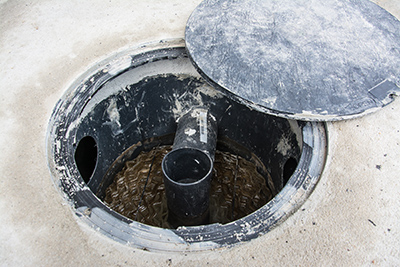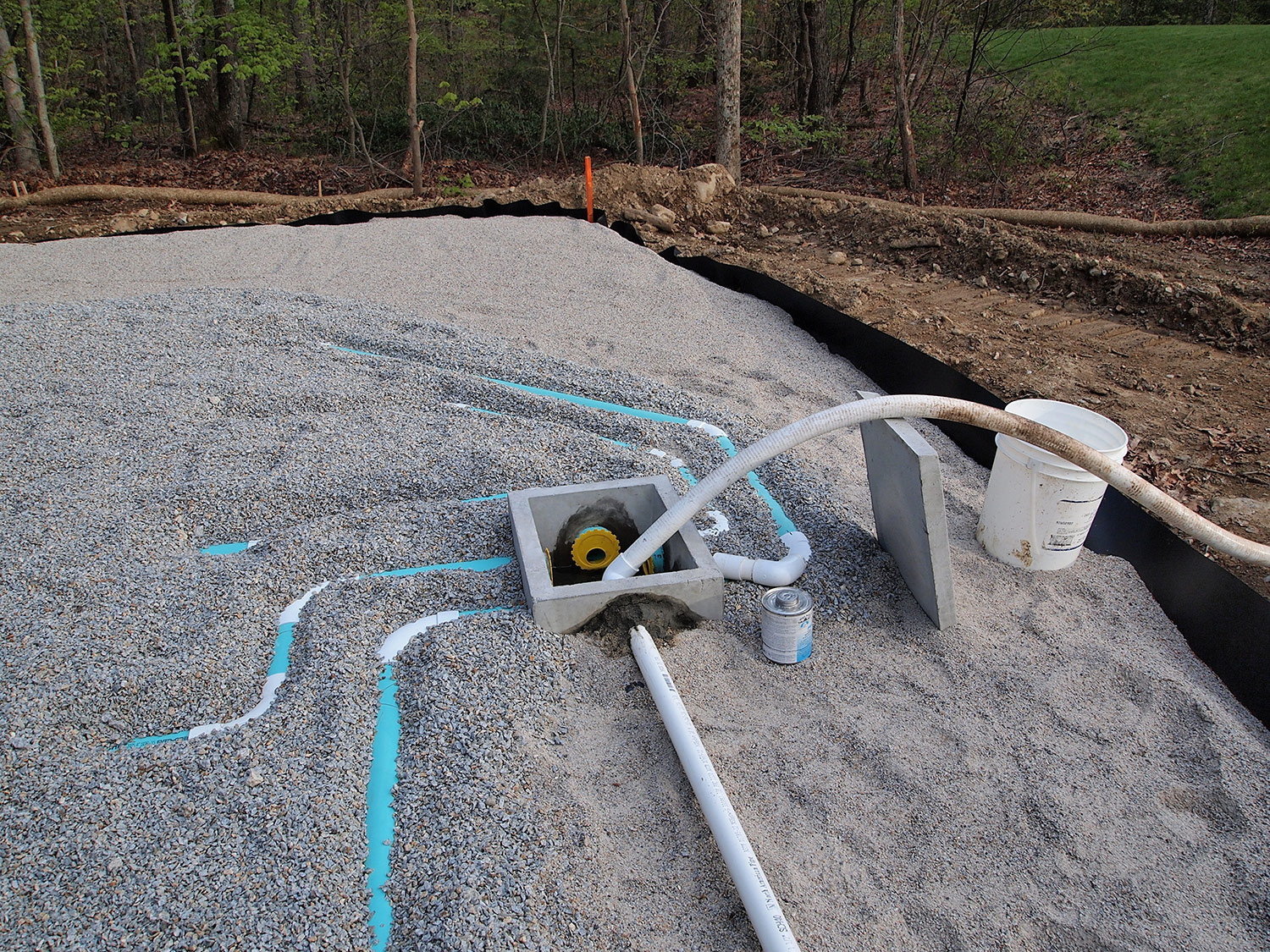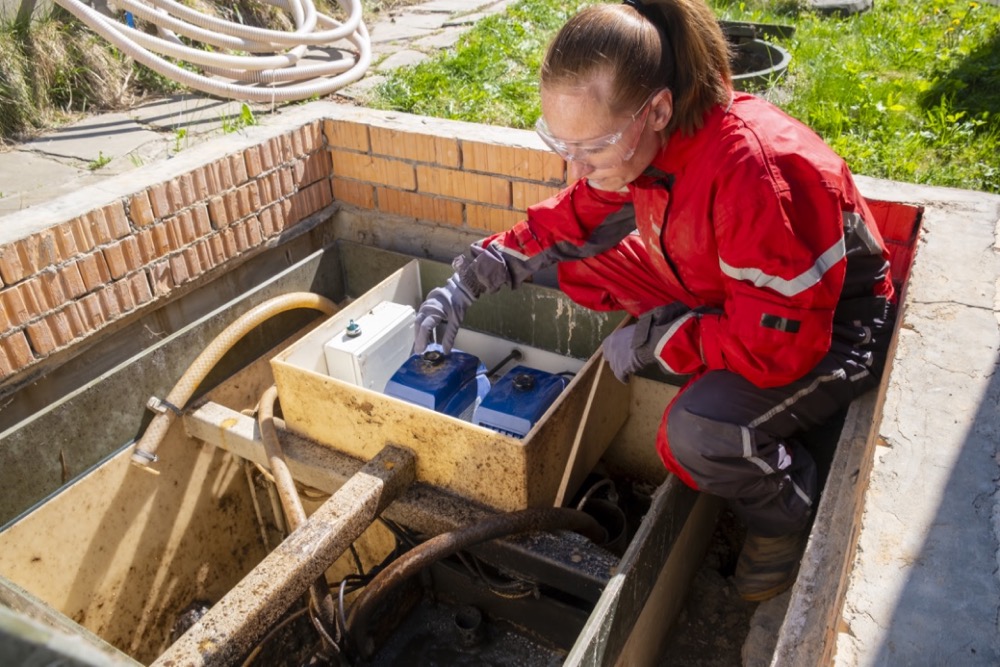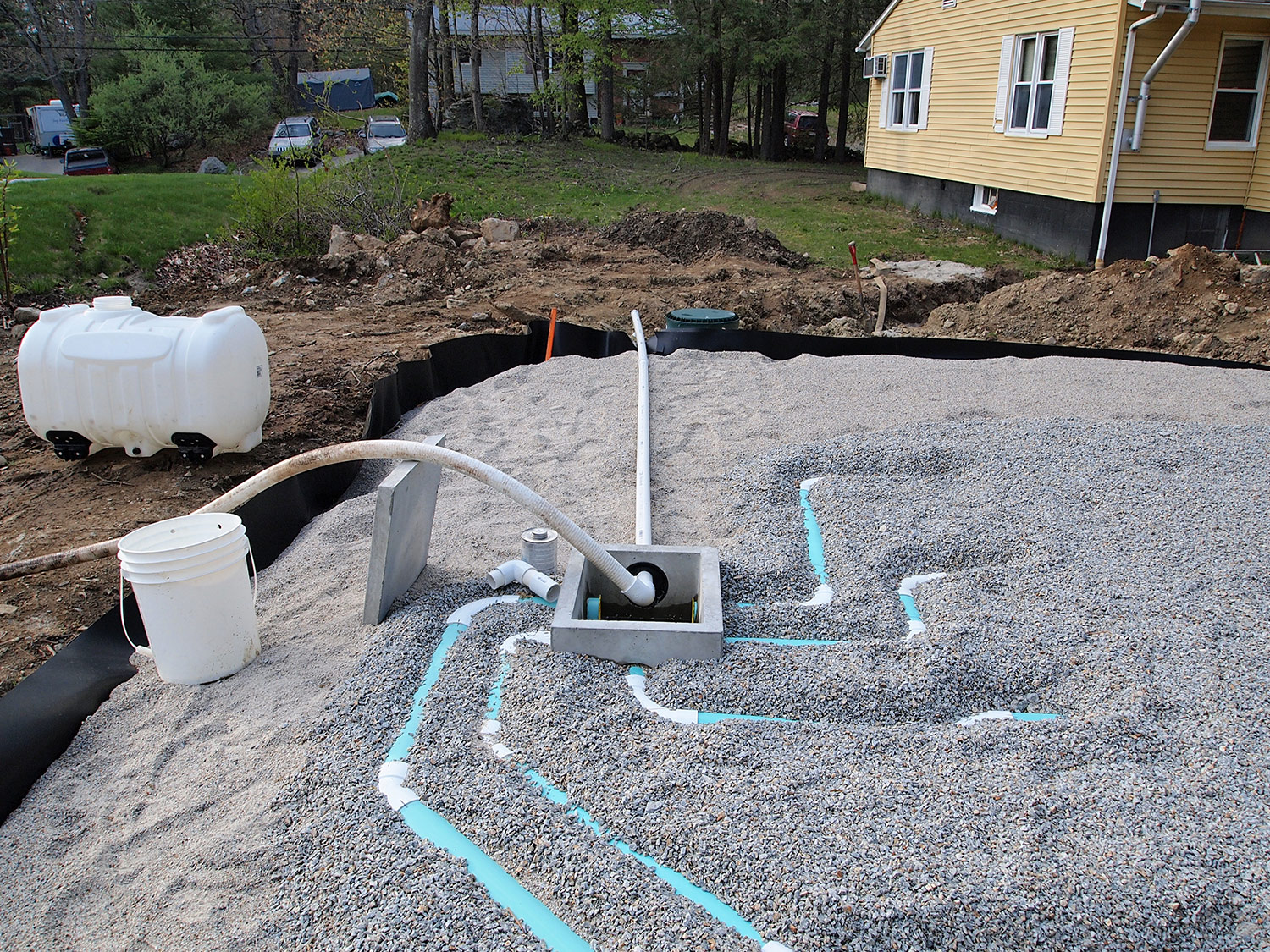
When you look at your house and yard, you're fairly confident you know your property lines. The neighbor's fence and where you mow your grass all seem to match the boundaries between other houses on your street. A fence here and there may slightly stray into someone else's yard, but for the most part everything seems about right.
Now imagine being so wrong about your property lines that your house is built on the completely wrong lot.
It’s happened before.
Much smaller mistakes, or discrepancies between documents, can lead to costly issues if you and a neighbor disagree over the location of your property line, whether it's a couple inches or a couple yards. To steer clear of conflicts, avoid making any changes to the edges of your property that could lead to a problem, monetary or otherwise, down the line.
Why You Must Know Your Property Lines
From permits to purchases, being able to identify your property lines accurately makes it much easier to complete a project or move forward with a transaction.
In most official cases, having a new survey done is the way to go. If you want to build a swimming pool, and you're not 100 percent sure where that easement is. You could have a new survey done.
Additionally, when you purchase a home, it's not uncommon for your mortgage lender to require a new survey be conducted on the property. Even when that's not the case, your title insurance company will likely recommend a new survey as well, so you know if the neighbor's garage reaches over onto the property or if the outdoor kitchen encroaches on a sewer easement, which could be costly to remove down the line.
Issues discovered in the new survey of the property may not be covered in the standard owner’s title insurance policy, but knowing those concerns before you close could help you decide if you need to renegotiate with the seller or walk away from the deal entirely.
How Do I Find My Property Lines?
Your property lines were established when your neighborhood was originally developed. The property lines are noted in a couple different locations, including in the legal description for the lot, which would be on your property deed, and on a plat map, which is typically available through your local assessor's office or planning office.
But being able to perfectly translate the legal description to establish the physical boundaries on your property can be quite the feat if you’re not trained to do so. Many properties have hidden markers at the corners that, if found, can help you find your bounds, though hiring a professional surveyor to reestablish your property lines will give you the most accurate answer.
Here are your options for finding your property lines:
Hiring a Surveyor
For existing residential properties, a surveyor specializes in making precise measurements to locate the legal boundaries of a plot of land and any improvements to the property, from the house and driveway to a swimming pool or backyard shed. Surveyors also play a vital role when developing land to determine new property lines, locate the property location of a building to meet zoning and code requirements and more.
Taking the details from the legal description and plat map, a surveyor carefully measures the legal boundaries of your property. When the original survey is completed, metal bars are often buried at the corner points of the property. To help you see the corners or boundary lines, a surveyor will likely leave wooden stakes or flags in the ground at those spots as a temporary reference for you.
The complexity of a survey depends entirely on the geography of the area, what's on your property and what surrounds it.
Hiring a surveyor is certainly the most accurate way to find out your property lines
Required or not, have a new survey done – or refer to one conducted in the last few years – as a way to play it safe when buying a property and doing home improvements. Otherwise, you could find that you need to pay to remove an addition to your house or take out a swimming pool because it encroaches on the neighbor's land or is going to be a part of planned road expansion. Those fixes are going to be problematic, and they're going to be costly.
For more information, contact Morse Engineering and Construction.
Source: realestate.usnews.com








